Seventh Grade Inequalities Worksheet
Are you a middle school student currently learning about inequalities in your math class? If so, you may be looking for some extra practice to help reinforce your understanding. Look no further! In this blog post, we will introduce you to a seventh-grade inequalities worksheet that can provide you with the additional practice you need to excel in your studies.
Table of Images 👆
More 7th Grade Worksheets
7th Grade Vocabulary WorksheetsPre-Algebra 7th Grade Math Worksheets
7th Grade Math Worksheets Proportions
Complex Sentence Worksheets 7th Grade
Geometry Angles Worksheet 7th Grade Math
What is the definition of an inequality?
An inequality is a mathematical statement that compares the relative size of two values or expressions using symbols such as < (less than), > (greater than), ? (less than or equal to), ? (greater than or equal to), ? (not equal to), or = (equal to), indicating that one is greater, less, or not equal to the other.
How do you graph an inequality on a number line?
To graph an inequality on a number line, first identify the variable you are working with. Then, represent the values satisfying the inequality by shading in the appropriate region on the number line. If the inequality includes a ">" or "<" symbol, use an open circle on the endpoint to show that the value is not included in the solution set. If the inequality includes ">=" or "<=", use a closed circle on the endpoint to indicate that the value is included in the solution set. Lastly, label the line to show which side of the line represents the values that satisfy the inequality.
How do you solve one-step inequalities?
To solve one-step inequalities, start by treating them as equations and perform the operation indicated (addition, subtraction, multiplication, or division) to isolate the variable on one side of the inequality sign. Remember that if you multiply or divide by a negative number, you must flip the direction of the inequality sign. Solve for the variable, keeping in mind the new inequality sign direction and representing the solution graphically on a number line with an open or closed circle, depending on the inequality symbol.
What is the difference between solving and graphing an inequality?
Solving an inequality involves determining the values of the variable that make the inequality true, while graphing an inequality involves representing those values graphically on a number line to visually show the solution set. Solving an inequality typically involves algebraic manipulation to isolate the variable, whereas graphing an inequality requires determining the direction of the solution set on the number line based on the inequality symbol (<, >, ?, ?). Both methods are ways of finding and representing solutions to inequalities, with solving providing the specific values and graphing providing a visual representation of the solution set.
How do you solve and graph two-step inequalities?
To solve and graph two-step inequalities, first isolate the variable by performing inverse operations. Make sure to treat the inequality sign like an equal sign when solving. Once you have found the solution, graph it on a number line by shading the appropriate region to show all possible values of the variable that satisfy the inequality. Remember to adjust the shading based on whether the inequality is inclusive or exclusive of the boundary points.
How can you determine if the solution to an inequality is inclusive or exclusive?
You can determine if the solution to an inequality is inclusive or exclusive by looking at the inequality symbols. If the inequality sign is '<' or '>', the solution is exclusive and does not include the endpoint. If the inequality sign is '<=' or '>=', then the solution is inclusive and includes the endpoint.
What are the rules for multiplying and dividing inequalities by negative numbers?
When multiplying or dividing an inequality by a negative number, the direction of the inequality sign is reversed. For example, if you have -3x > 6 and you multiply both sides by -1, the inequality becomes 3x < -6. Similarly, if you have -4y < 12 and you divide both sides by -4, the inequality becomes y > -3. Just remember to flip the direction of the inequality when multiplying or dividing by a negative number to ensure the inequality remains true.
How do you represent compound inequalities?
Compound inequalities are represented by combining two or more inequalities using the words "and" or "or" depending on the relationship between the inequalities. For example, "x > 3 and x < 8" represents the compound inequality where x is greater than 3 and less than 8. Similarly, "x ? 5 or x ? 10" represents the compound inequality where x is greater than or equal to 5 or less than or equal to 10.
What is the meaning of the "and" and "or" in compound inequalities?
In compound inequalities, "and" indicates that both inequalities must be true, so the solution set is the intersection of the two separate solution sets. On the other hand, "or" indicates that at least one of the inequalities must be true, so the solution set is the union of the two separate solution sets.
How can you check the validity of an inequality solution?
To check the validity of an inequality solution, you can plug the solution back into the original inequality and see if it holds true. Simply substitute the solution into the inequality and evaluate if the resulting statement is correct. If the inequality is satisfied, then the solution is valid; if not, then the solution is incorrect. Remember to pay attention to any restrictions on the variable that may affect the validity of the solution.
Have something to share?
Who is Worksheeto?
At Worksheeto, we are committed to delivering an extensive and varied portfolio of superior quality worksheets, designed to address the educational demands of students, educators, and parents.

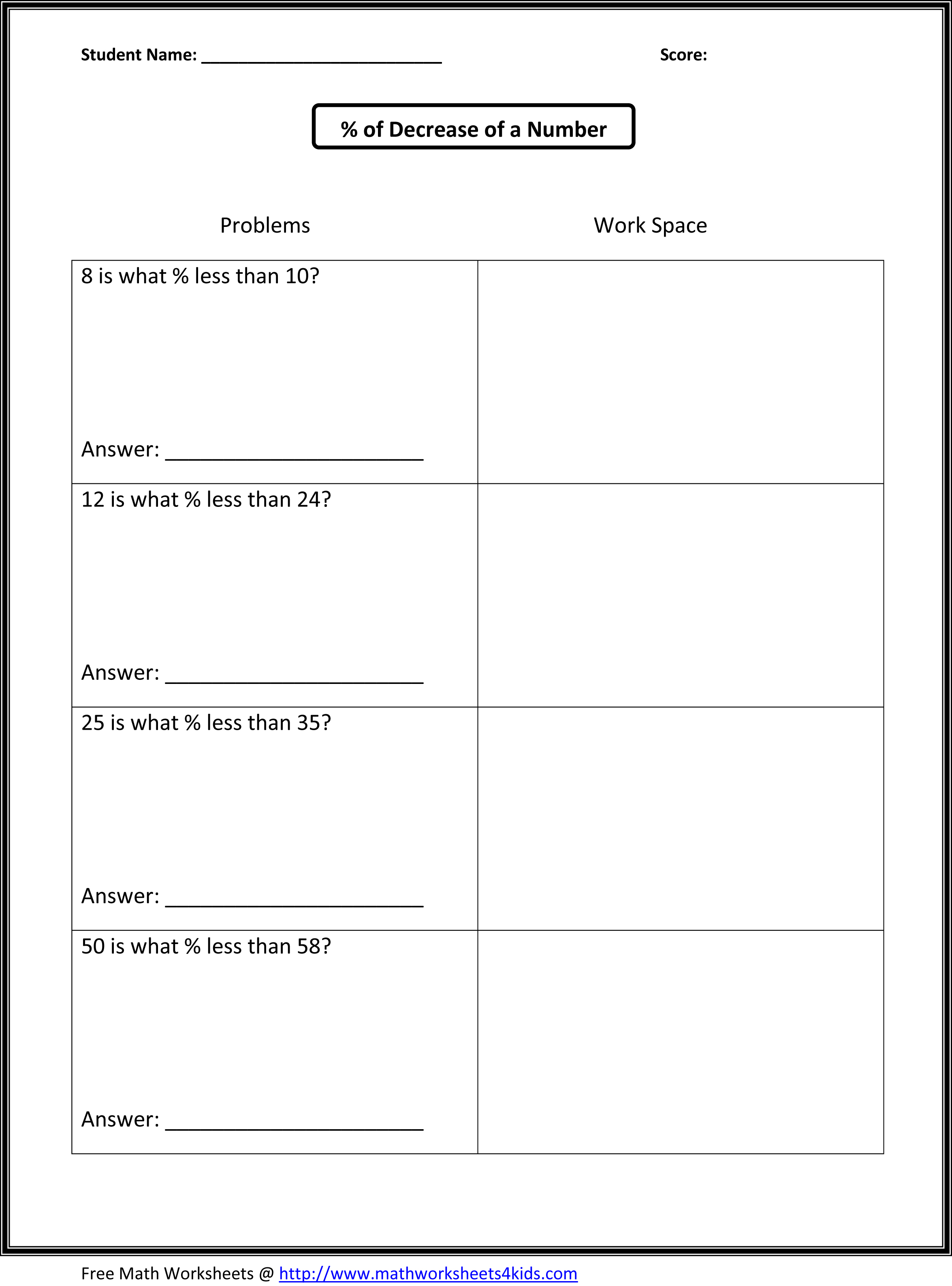



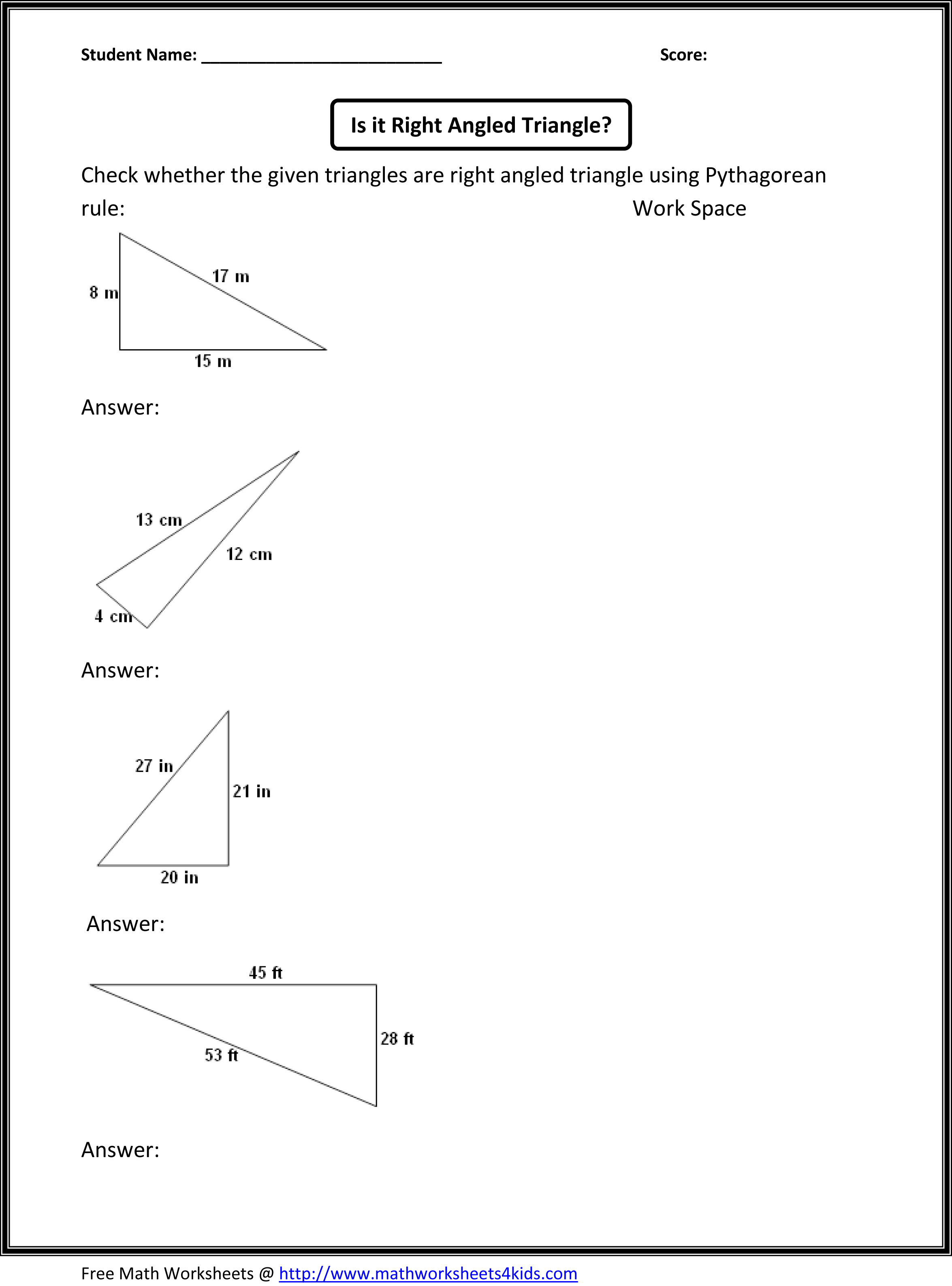
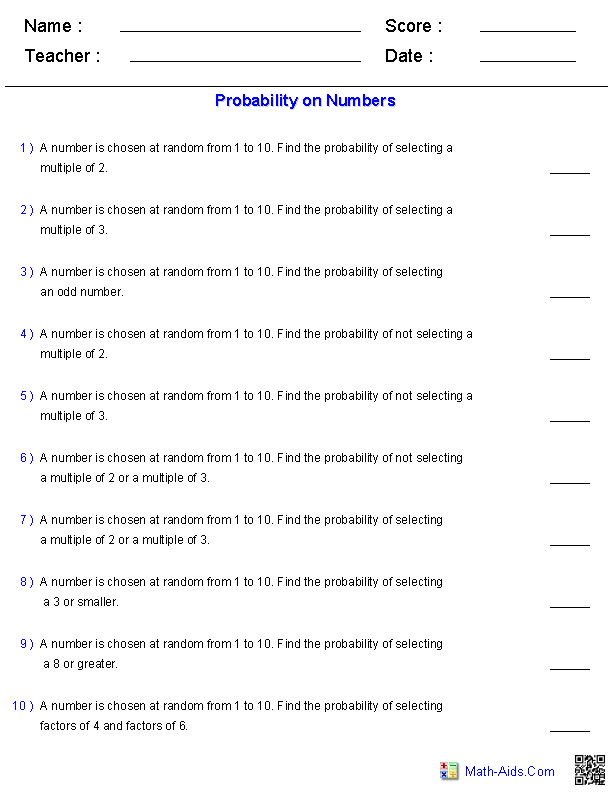
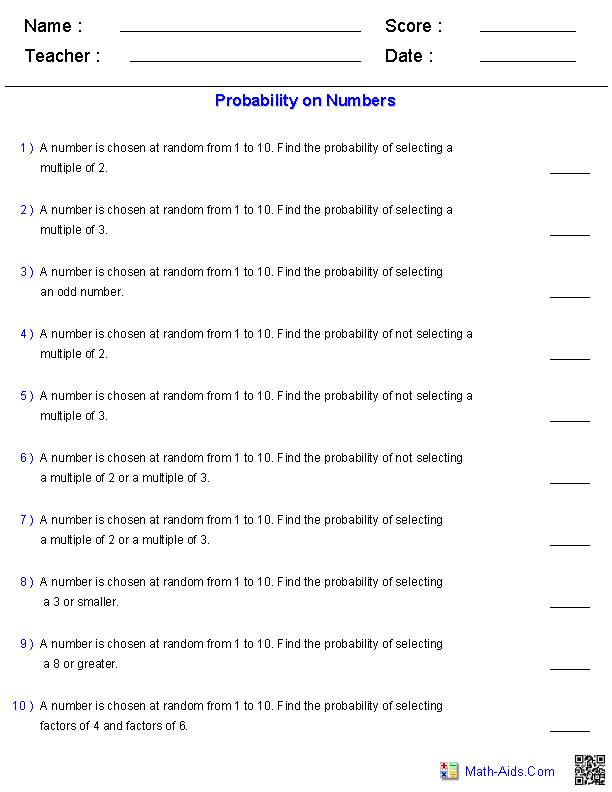
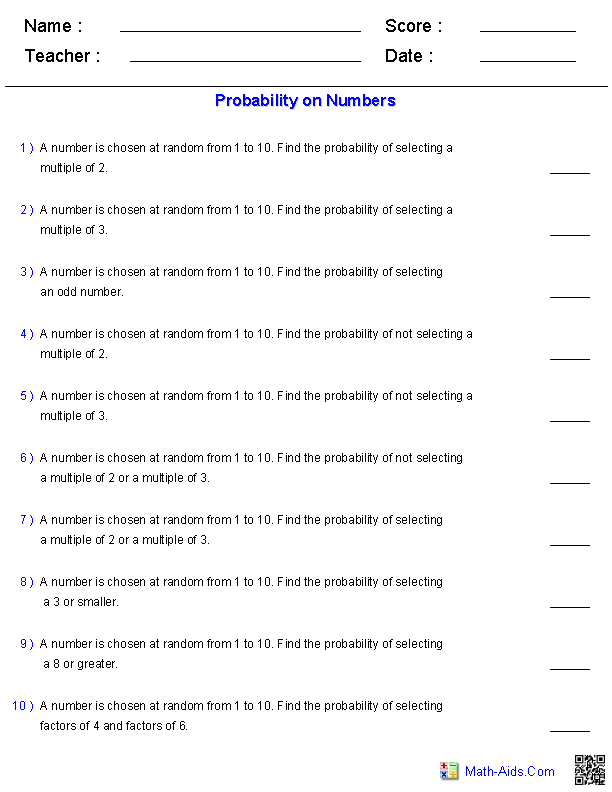
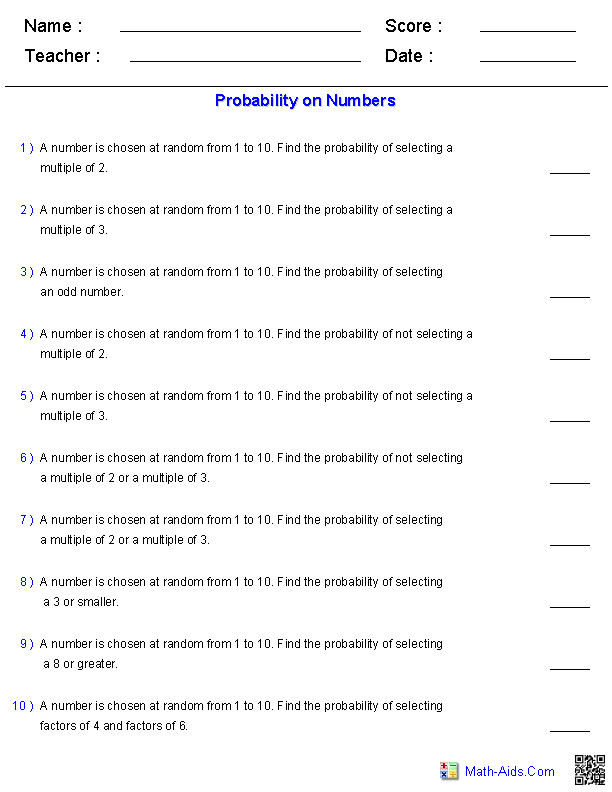
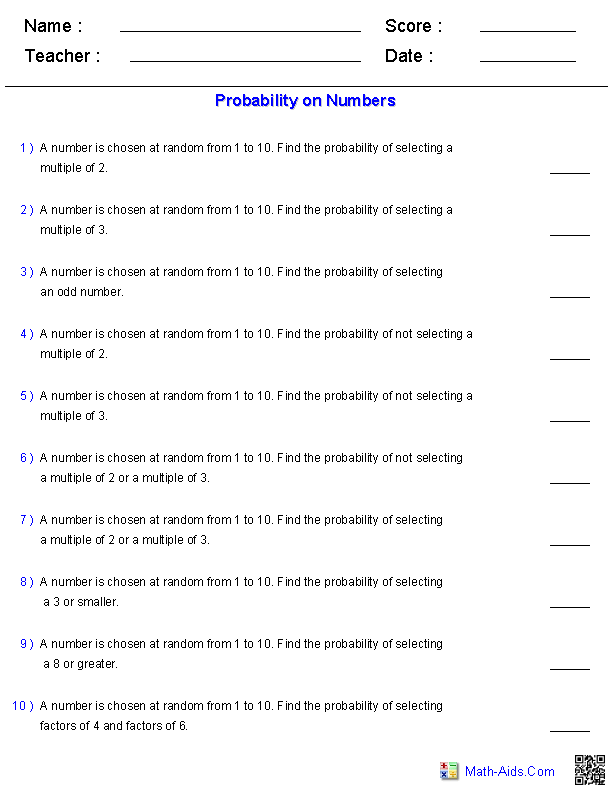
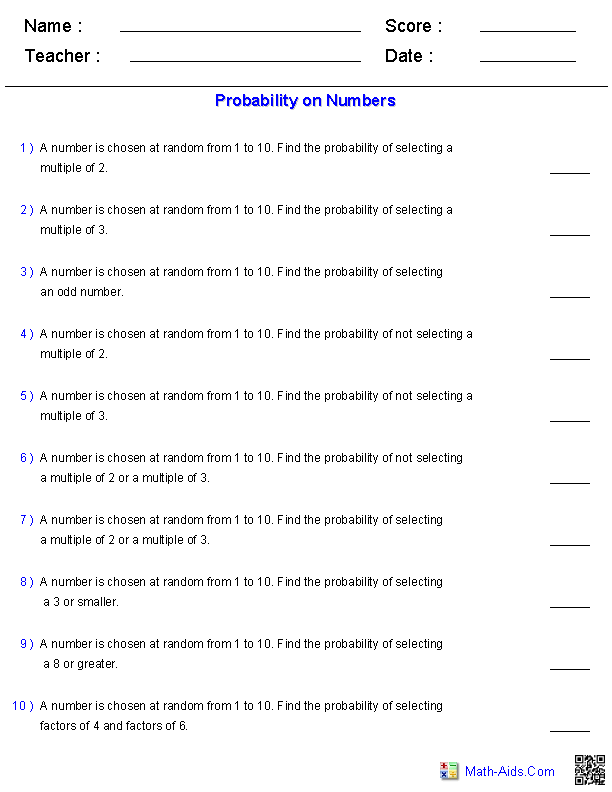
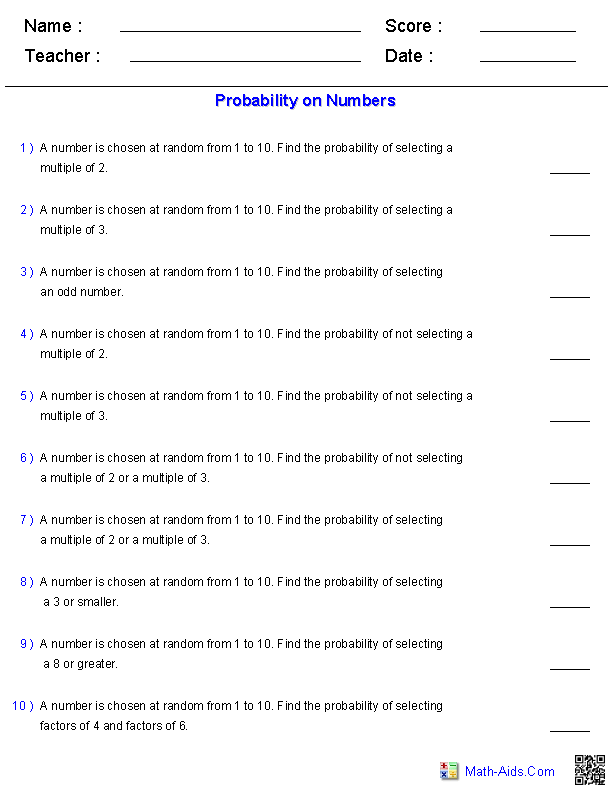

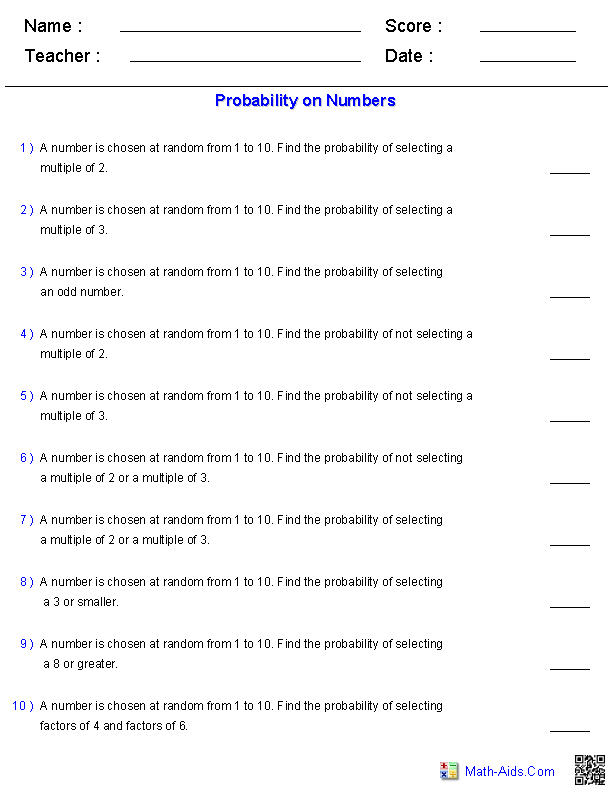
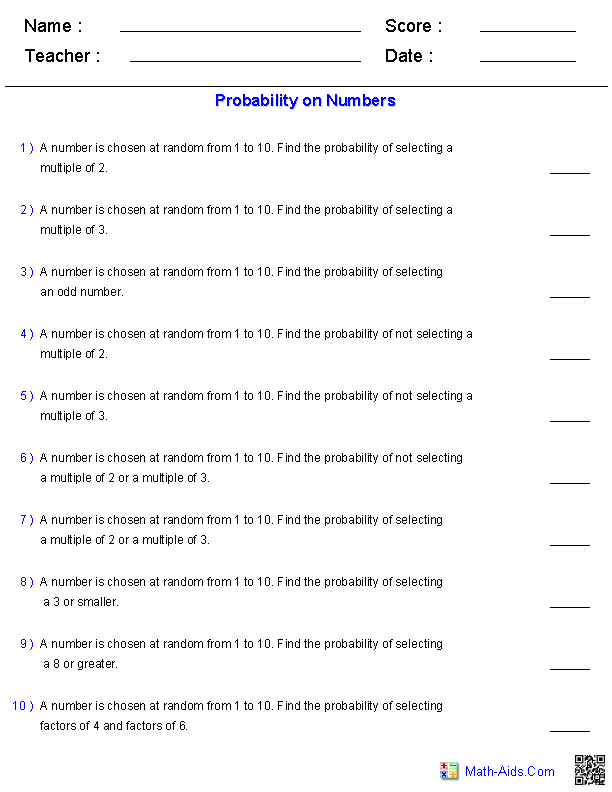
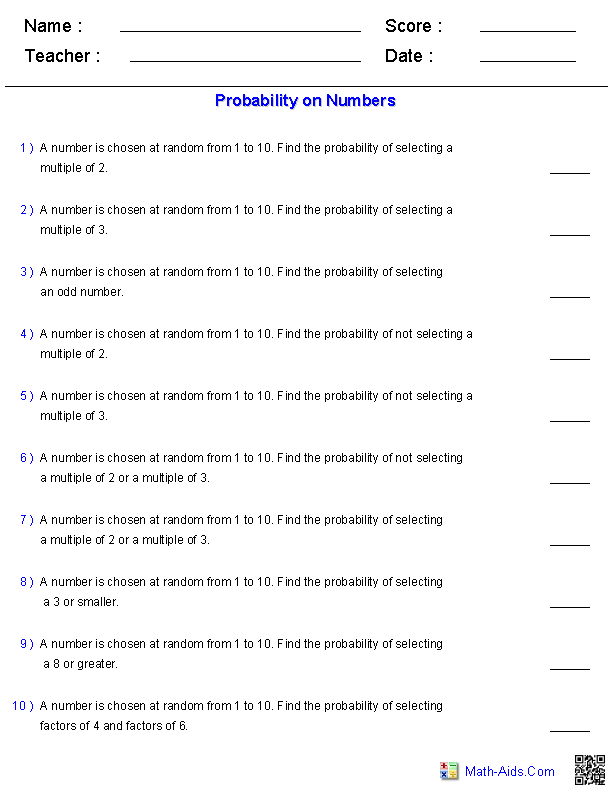
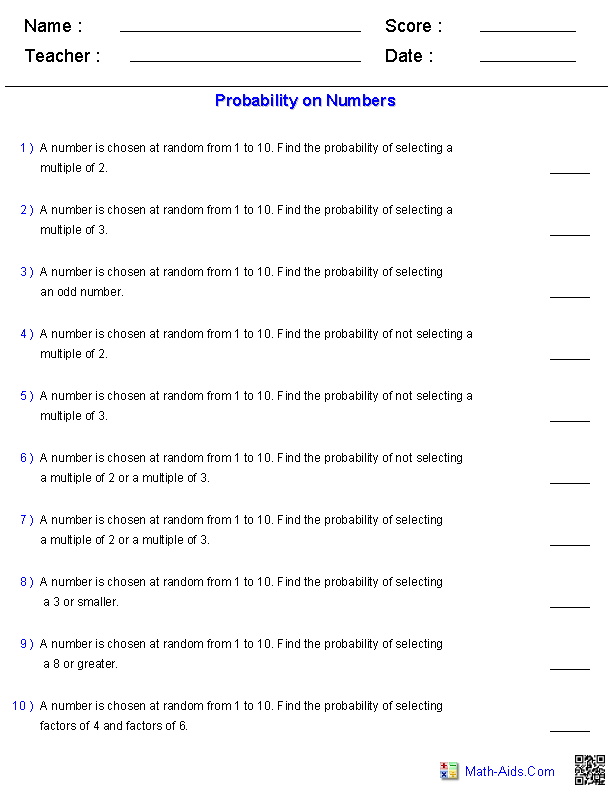
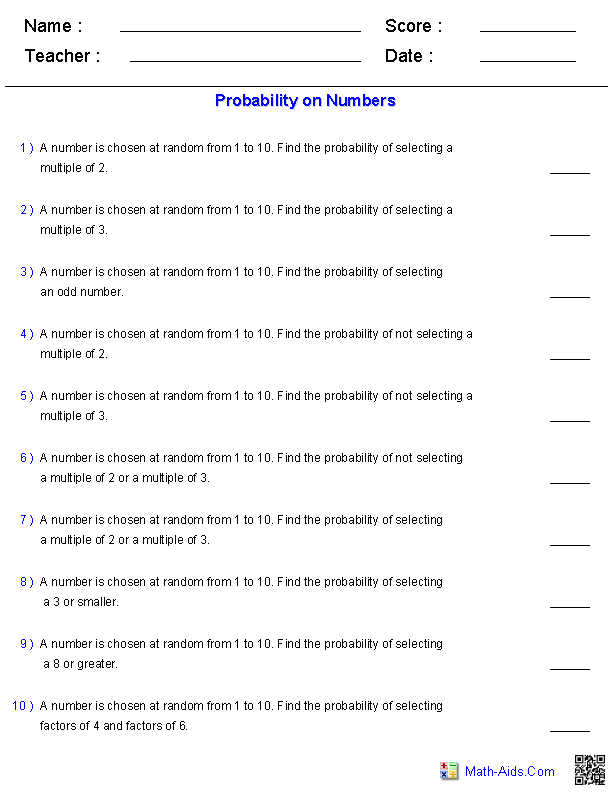












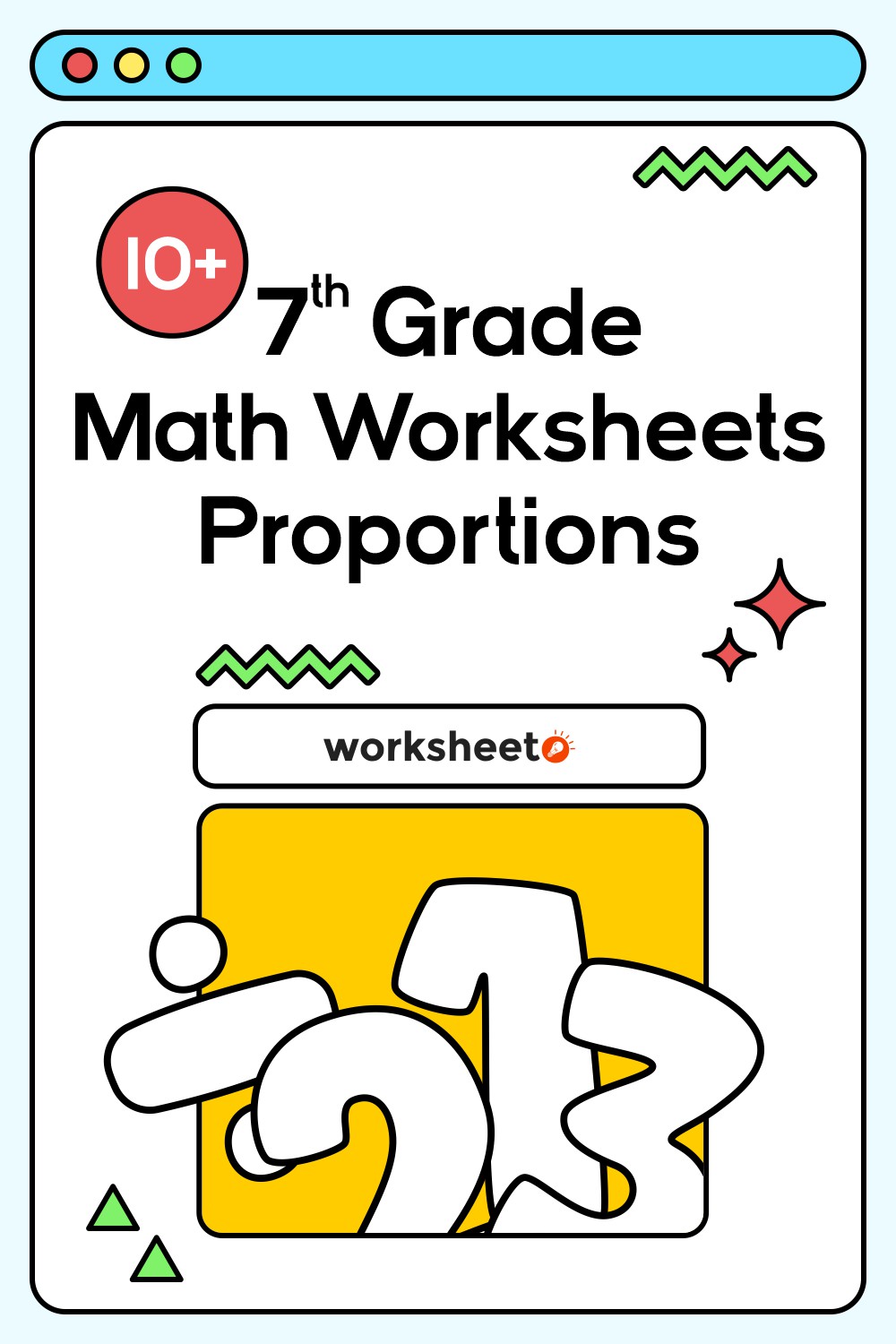


Comments